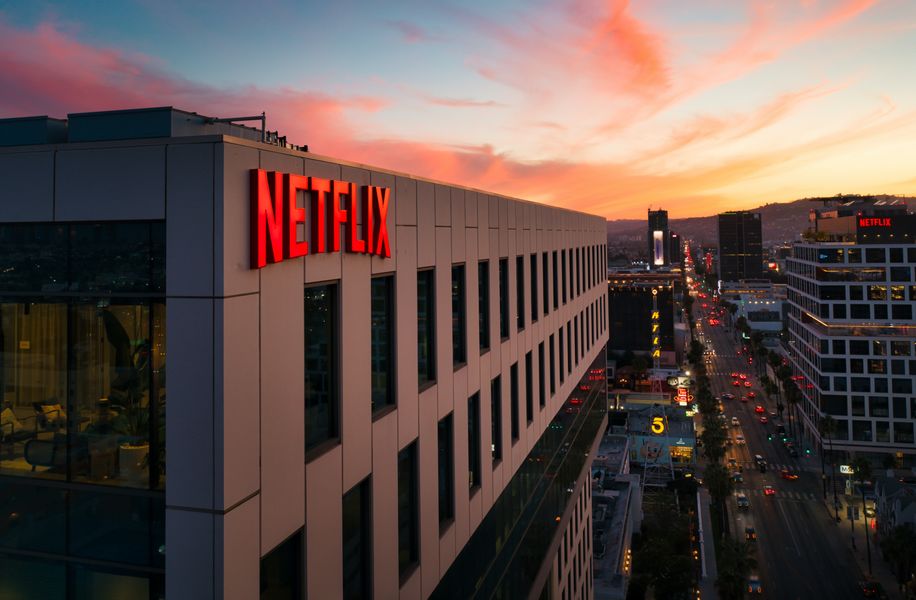Netflix has reduced its subscription prices substantially in India to tap into the huge demographic of viewers in a bid to achieve immense growth in subscription of the streaming service. India has become one of the biggest markets for growth among various US streaming services, like Amazon Prime Video and Disney+.
To rival its competitors, Netflix has adopted this brilliant strategy that allows it to no longer cater to niche groups of subscribers but to other viewers as well. The cheapest mobile-only plan, which was priced 199 rupees previously, has undergone a 25 percent slash and is available for just 149 rupees.
The basic plan is no longer available for 499 rupees but for a mere 199 rupees. The standard subscription plan has dropped to 499 rupees from 649 rupees while the premium plan, which initially cost 799 rupees, is now available for 649 rupees.
This is a vital move on Netflix’s part that has led Media Partners Asia, aka MPA, to predict 5 million more Netflix subscriptions in the country by the end of December. Netflix will now be able to reach a vast pool of users and thus see a subsequent boost in their revenue.
According to the Vice President and Head of India at MPA, Mihir Shah, the “most meaningful reduction is the basic price plan which opens up the funnel for significant customer growth”.
However, Shah has also said that with Netflix shifting from catering to a premium viewer base to a more mass category, the streamer would have to “go deeper and more regional in their content”.
It is with shows like The Family Man, Paatal Lok, Mirzapur, Made In Heaven and Tandav, that Amazon prime Video gained massive popularity in India. Netflix, too, will have to focus on creating such content that manages to grasp the undivided attention of the Indian audience.
While Netflix has a wide variety of Original shows and films, namely Bulbul, Ghoul, Typewriter, Aranyak, Betaal and more, that cater to an Indian audience, this move will perhaps see an increased production of content pertaining solely to the regional Indian audience.
